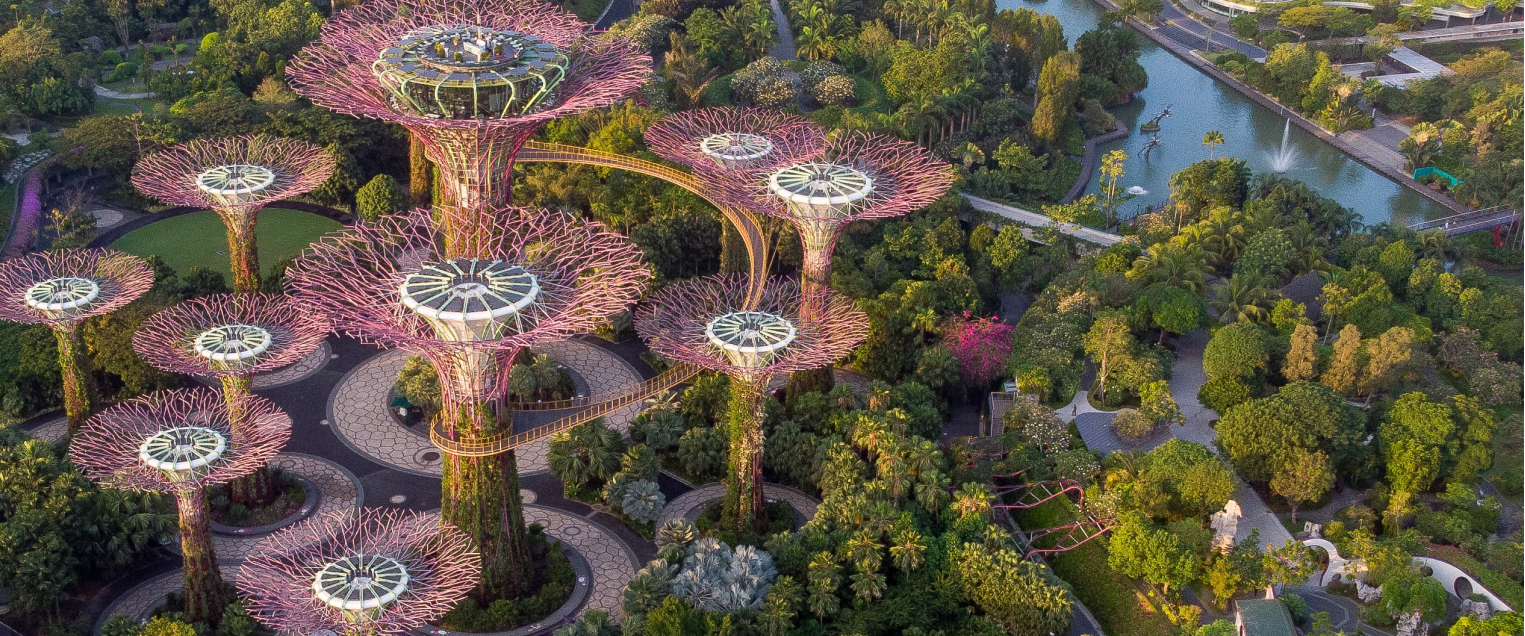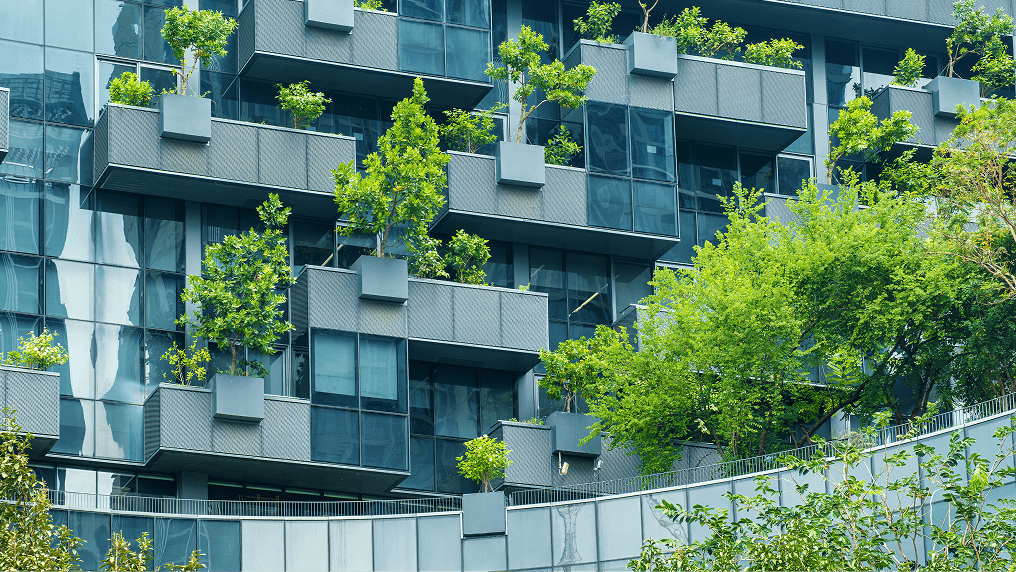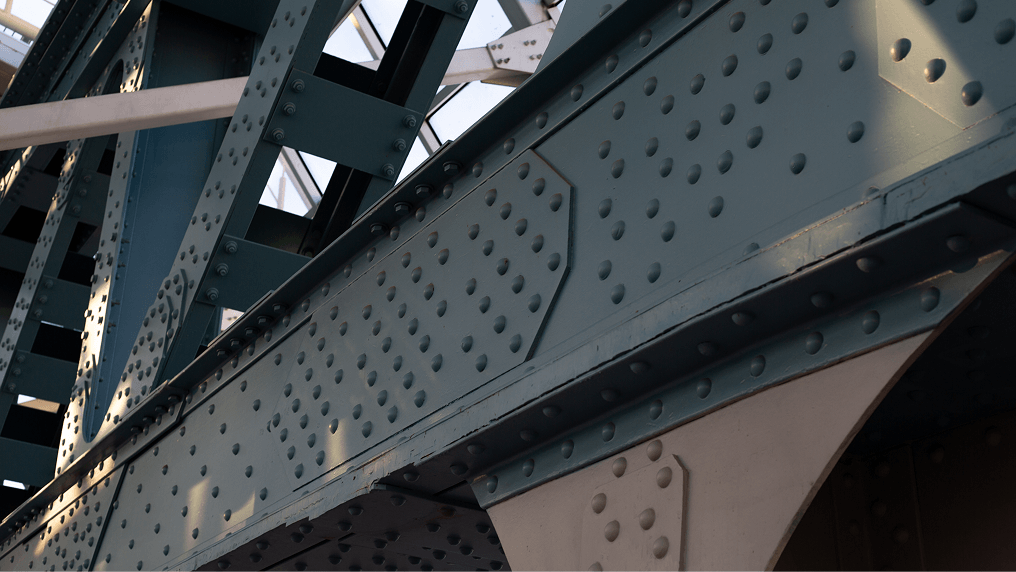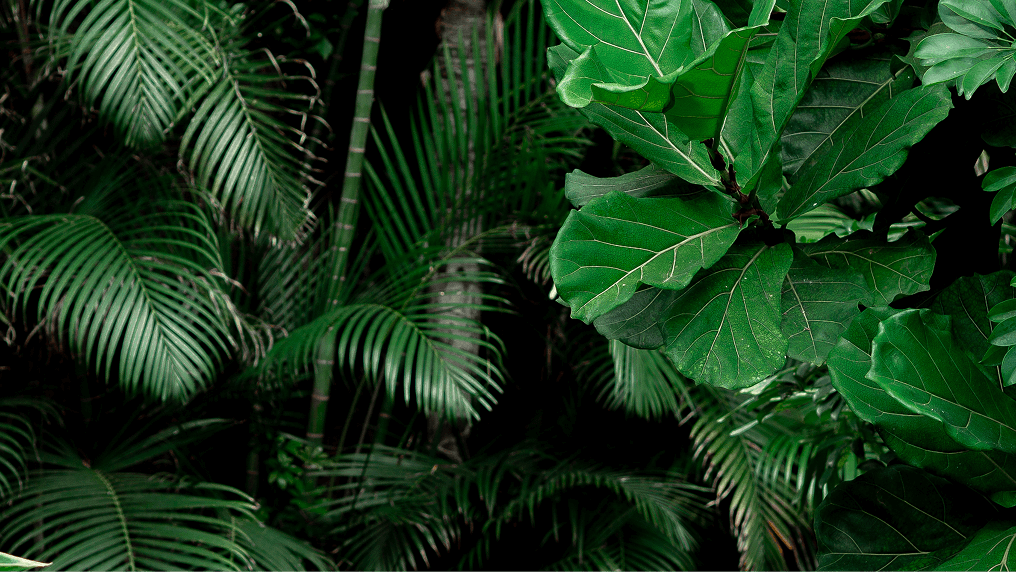origin:
Singapore
Singapore is an example of a city that has adopted a compact and biodiversity-friendly approach to urban planning. Despite its population density increasing from 3,538 residents per km2 in 1970 to 7,810 residents per km2 in 2020, the city managed to expand green areas from 36% to 47% of its total land area. In fact, since the early 1960s, Singapore has had a strong ambition to green itself in order to become a highly liveable and competitive city. For example, high-rise greenery has increasingly become an essential component of the city’s development plan, in part due to the limited amount of land available. The government now requires property developers to replace any greenery lost during construction and covers 50% of the costs of installing green roofs and walls on existing buildings. As a result, the city’s 72 hectares of rooftop gardens and green walls are set to triple by 2030. These, combined with 4,172 hectares of green space (parks and park connectors), reduce the city’s heat-island effect, help absorb stormwater, provide space for recreation, and increase urban biodiversity.
Biodiversity benefits
By promoting a compact urban environment where biodiversity is integrated, Singapore’s development has been able to leave room for nature within and beyond its built-up area. Singapore is home to an estimated 23,000–28,000 species of terrestrial organisms and 12,000–17,000 marine organisms.
This page is part of a deep dive into biodiversity and the built environment, where we delve deeper into leaving room for biodiversity by reducing pressures on natural resources.







